Collection |
Collections
Filters
-
Collection Type
-
-
Focus |
 Celebrating 25 years of cell biology
Celebrating 25 years of cell biology
2024 marks twenty five years since the launch of Nature Cell Biology.
Image: CHRISTOPH BURGSTEDT/SCIENCE PHOTO LIBRARY/Getty -
Collection |
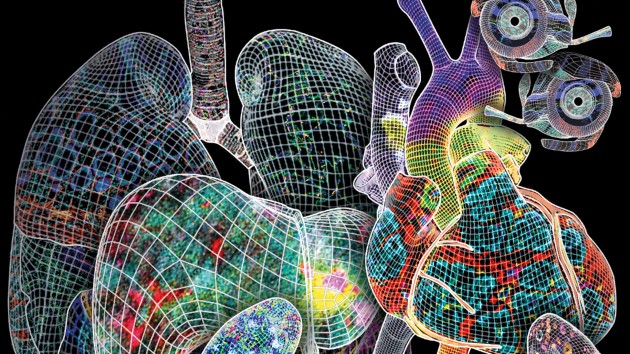 Human BioMolecular Atlas Program
Human BioMolecular Atlas Program
Inaugurated in 2018, the Human BioMolecular Atlas Program (HuBMAP) endeavours to construct comprehensive spatial maps that feature a range of biomolecules such as RNA, proteins, and metabolites in human organs at single-cell resolution.
Image: Heidi Schlehlein -
Collection |
 Innovations in Stem Cell Biology 2023
Innovations in Stem Cell Biology 2023
Stem cell models of development, regeneration, and disease are quickly advancing. New technologies and concepts are continuously combined with existing knowledge to create more realistic systems to improve our understanding of these intricate processes. In this collection, we highlight papers published in 2022-2023 across Nature Portfolio journals on topics including embryonic development and stem cells, reproductive biology, synthetic tissues and embryo models, clinical and translational research and tissue stem cells.
Image: Jean-Baptiste Sibarita, Virgile Viasnoff, and Anne Beghin -
Collection |
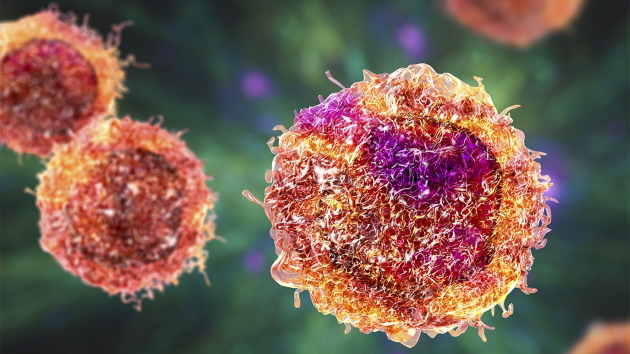 Cancer research
Cancer research
Cancer is a leading cause of death, accounting for nearly one in six deaths worldwide. Many cancers can be cured, especially if detected early and treated effectively.
Image: Kateryna Lon/ Science Photo Library/ Getty Images -
Collection |
 Extracellular vesicles
Extracellular vesicles
Selected, recent articles from across the Nature Portfolio that document the recent progress in understanding the biology of EV-mediated cell–cell communication and advances in clinical translation of EVs.
Image: Vicky Summersby -
Collection |
Cell cycle
One of the fundamental biological processes in life is the cell cycle leading from DNA replication to cell division. While it has been studied for decades and our knowledge has matured, sophisticated experimental approaches have rejuvenated the field. In addition, cell cycle regulators have emerged as cancer therapy targets. This collection showcases ground-breaking cell cycle papers and reviews, ranging from basic discoveries to clinical applications.
Image: Nicolas Plachta, NCB (2022) -
Collection |
 Methods for studying noncoding RNA
Methods for studying noncoding RNA
Research interest is growing in profiling noncoding RNAs and understanding their biological functions in health and disease contexts.
Image: Jeren (France) / Getty Images -
Focus |
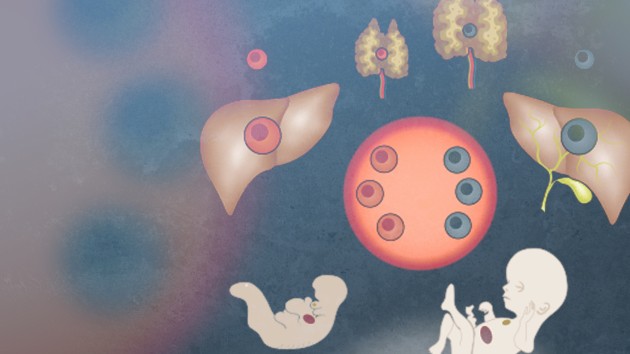 Mapping the cells of the body
Mapping the cells of the body
In this Focus, we highlight progress in the use of single-cell technologies to analyze large datasets to map cellular diversity in entire organisms, examine cell types and states, cellular interactions and functions.
Image: Image courtesy of Genome Research Limited -
Collection |
 Metabolic communication across biological scales
Metabolic communication across biological scales
This Collection showcases recent articles from Nature Cell Biology, Nature Metabolism and Nature Reviews Molecular Cell Biology covering cellular to systemic metabolic regulation. This selection accompanies the Nature Conference “Metabolic Communication Across Biological Scales” and provides a resource about current trends and directions in this field.
Image: V. Summersby -
Collection |
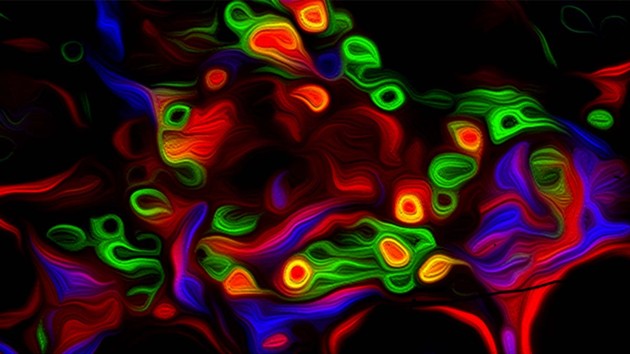 Stem Cells: from Single Cells to the Clinic
Stem Cells: from Single Cells to the Clinic
Recent technological progress has facilitated the study of how embryos develop, how embryonic cells transition between different states, how adult stem cells are maintained and differentiate, at unprecedented resolution.
Image: Deepti L Kumar and Tony DeFalco -
Special |
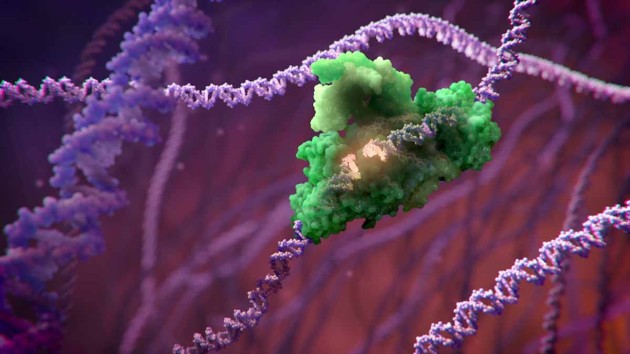 SCGE
SCGE
Genome Engineering has great potential to change how we model, understand, and treat diseases.
Image: XVIVO

 Genome Editing
Genome Editing